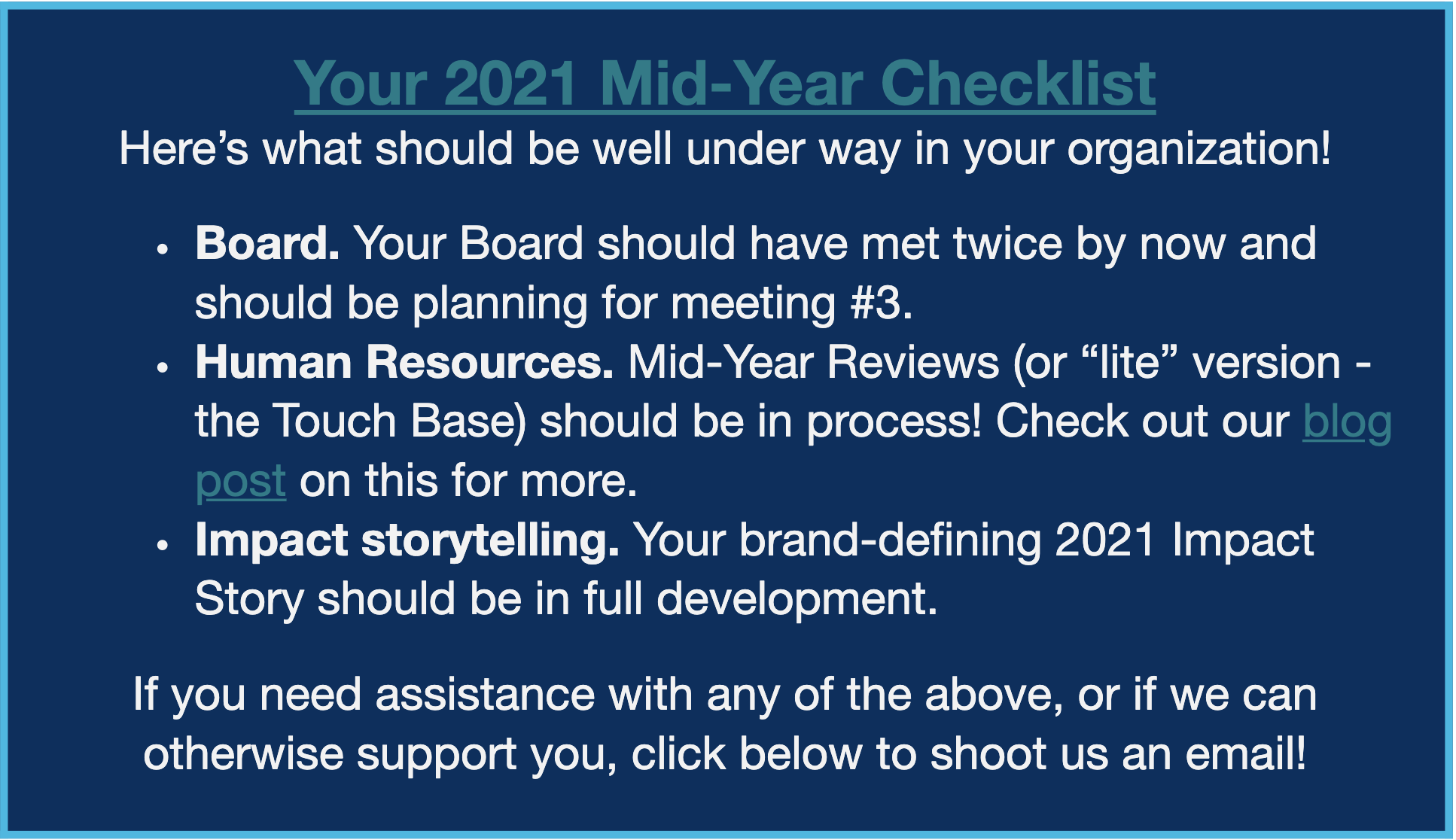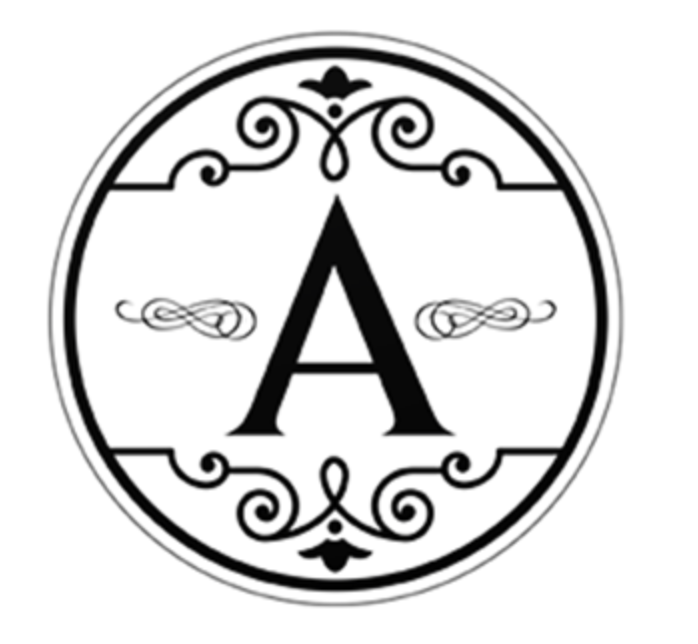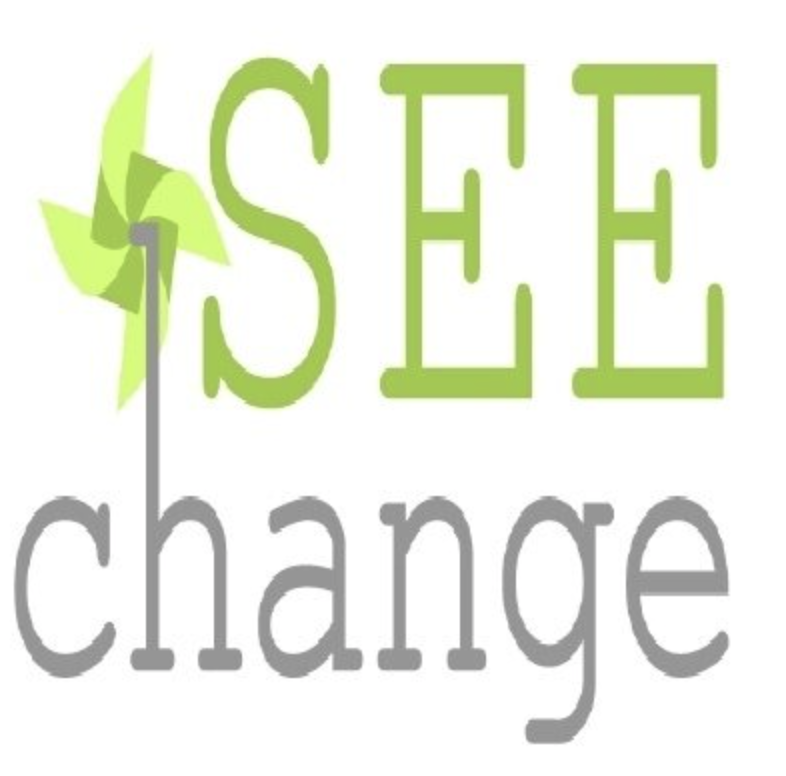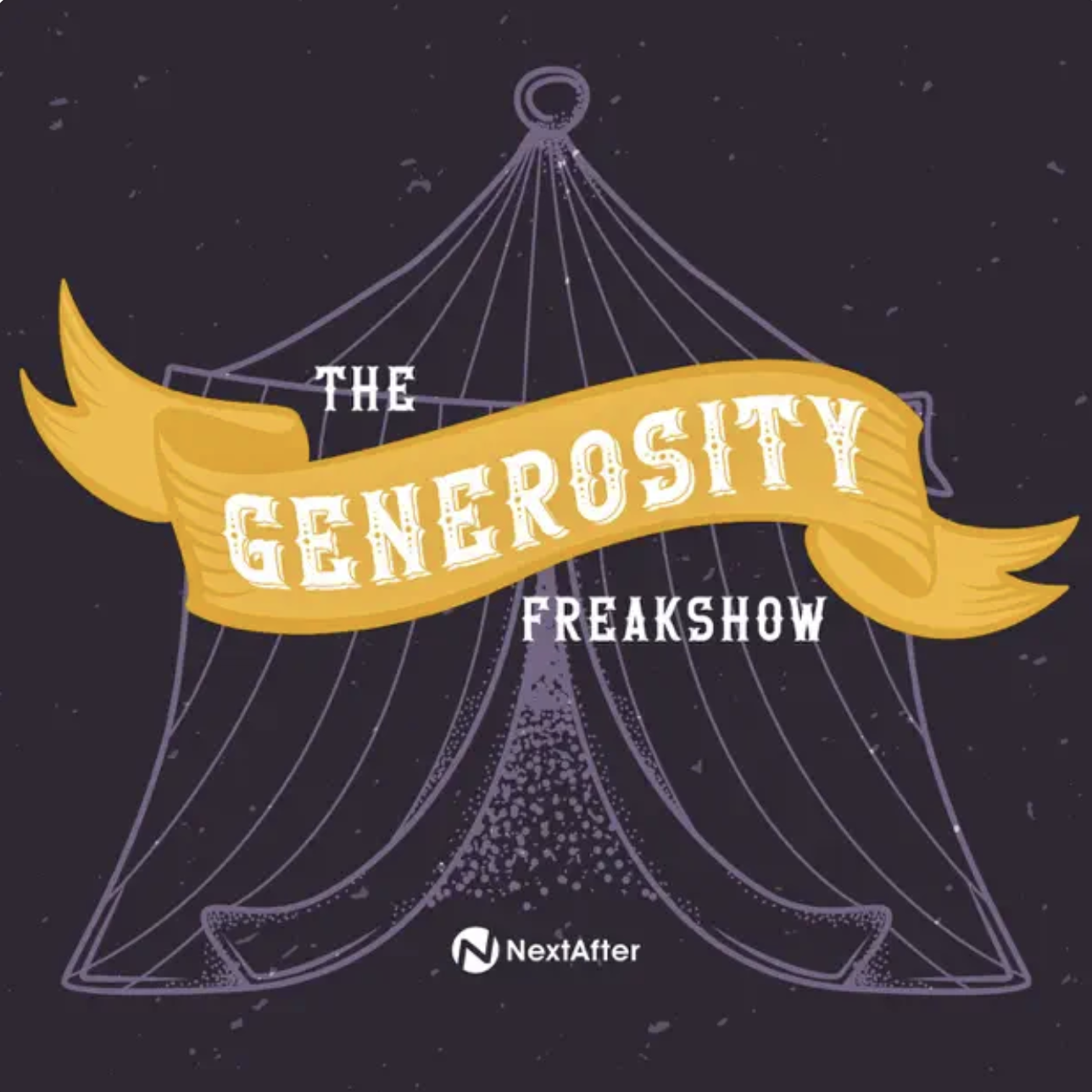As part of my series about “individuals and organizations making an important social impact”, I had the pleasure of interviewing Scott Curran.
How Scott Curran is developing a single, simplified, scalable approach to sustainable social impact.
Scott Curran left corporate law for philanthropy, eventually becoming General Counsel of one of the fastest growing, most impactful, highest profile, and most scrutinized nonprofits in history, the Clinton Foundation. Now, as CEO of Beyond Advisers, a social impact consultancy that “connects the best advice, guidance and tools in the world with the best ideas and efforts to change it for the better.” He is on a mission to simplify social impact for nonprofits, social enterprises, and businesses, while also teaching a first of its kind law school course, and says he’s still just getting started!
Thank you so much for doing this with us. Before we begin our readers would like to get to know you a bit more. Can you tell us a bit about your “backstory”?
I began my career as a 24-year-old corporate attorney with no plans to remain one forever. I’m now one of the happiest lawyers who has ever lived! After 5 years of corporate law firm practice, I detoured to Arkansas to get a Masters of Public Service degree. What was supposed to be an 18 month detour turned into a nearly two decade whirlwind. As part of that master’s degree program, I became a 31-year old intern at the Clinton Foundation (yes, “that” one!), which led to a 1-year Fellowship working on rural philanthropy, which then resulted in one day “accidentally” starting the in-house legal department at the Clinton Foundation. This eventually resulted in a 10 year journey that ended with my being General Counsel with a team of 16 in-house team members and a dozen outside law firms supporting the global work of one of the most dynamic, impactful, and scrutinized nonprofit organizations in history. I attempted to begin my departure from the Foundation in January 2015 but failed, remaining on until 2016 when I finally left the General Counsel role but remained a consultant to the Foundation for most of that year.
Despite my extreme aversion to the idea of ever being a consultant (I’d seen far too many fail to deliver value promised during my career to date), that’s exactly what I became, though one intent on always delivering real value!
In Fall of 2015 I established Beyond Advisers, a social impact consultancy, with a hunch — that nonprofits, social enterprises, and cross-sector social impact efforts might benefit from having a deeply experienced and fully equipped General (and Strategic) Counsel’s office on call. After all, the toolkit we had developed supporting the organization and operations of the Foundation, along with its dizzyingly diverse and fast-moving program portfolio had proven time and again to not only work well, but to withstand the scrutiny being heaped upon the Foundation as it was turned into a political football during the 2016 election. It’s worth noting that despite all the innuendo and accusations, there was never a single material governance, compliance, legal, or operations failure at the Foundation. At the end of the day, we knew whose name was on the door the entire time, had already been through one Presidential election (in 2008), and were simply a super exciting and collaborative global operating charity that was designed, built, and operated to do really fantastic world-changing work.
Can you tell us the story behind why you decided to start your social impact consultancy?
As I was contemplating my post-Clinton Foundation career, I looked across the fast-growing, expansive, dynamically evolving social impact landscape while also taking an inventory of what we had built at the Foundation in supporting our 2,000 colleagues working in over 40 countries on over a dozen vastly different initiatives. I thought that perhaps this “toolkit” we had created might be useful to others who didn’t have or couldn’t afford a full-time, fully-equipped general counsel’s office.
At its core, the “toolkit” was an incredibly expansive but relentlessly simplified set of advice, guidance, and tools that had supported global philanthropy, social enterprise, and cross-sector partnerships at the absolute highest (and most scrutinized) level at scale.
That toolkit and the experience that went into developing it, deploying it, and supporting the program teams all over the world — and across issue areas — was incredibly effective. And it worked with all subject matter areas and was accepted (and sometimes outright “borrowed” or adapted) by all of our partners. The subject matter areas included global health, climate change, international development, supply chain innovation, childhood obesity, early childhood education, women and girls’ empowerment, global conferences and convenings, museum and special event operations. And our partners included other philanthropic organizations, governments, program and implementing partners, Fortune 100 businesses increasingly committed to corporate social impact, and some of the most influential and dynamic individual social impact leaders in the world. And the advice, guidance, and tools we provided worked for all of it, all the time, 24/7/365, because the sun never set on our work.
So I knew two things. First, that toolkit was likely to prove incredibly helpful to other organizations.
Second, the work it took to develop it meant that it wasn’t likely available anywhere else and that others who might benefit from it had to hunt and peck and cobble together pieces of it from myriad service providers if they could even find them and/or afford their services, which isn’t guaranteed by any means.
So I wanted to find a way to test whether my “theory of the case” was true — that this is a helpful toolkit others could benefit from and that we might be able to create a new way of making it available.
With that, Beyond Advisers was born. It’s a social impact consultancy. And while not a law firm or a “traditional” consulting firm, we draw on the best of big law firms, in-house counsel teams/approaches, and dynamic consultants relentlessly focused on making things easy to understand and simple to use for any/every organization and program team working to change the world in a positive way.
Can you describe how you or your organization aims to make a significant social impact?
By supporting others’ ability to “do more good, better” using the single, simplified, scalable approach to social impact success we’ve developed, refined, and deployed time and again with the world’s leading social impact organizations.
We genuinely believe that no social impact initiative, whether a nonprofit, social enterprise, private sector social impact initiative should ever struggle for lack of access to proven tools and approaches that work at scale. In our work to date — both at the Clinton Foundation and through Beyond Advisers, we’ve worked with the absolute best of the best and have seen — at scale — what works and, importantly, what doesn’t.
We know what makes excellent, impactful, well-governed, compliant, and needle-moving organizations, operations, and programs work. And we can very quickly spot what can impeded and even derail such efforts.
By making hard things easier for those working to make the world a better place, we enable them to eliminate the struggle that distracts them from mission-focused program work. We envision a world where no organization ever has to struggle with the organizational, operational, and/or program design and implementation challenges that too often stunt their growth and impact. We believe strongly that “success leaves clues” and we exist to help replicate what we know works in supporting social impact at scale.
And given that our work uniquely applies to 1) nonprofits; 2) social enterprises, and 3) the private sector (including corporate social impact efforts and even law firms moving beyond pro bono alone), we are incredibly excited about what our approach to social impact at scale — rooted in simplicity and proven success — can mean for the entire social impact landscape, spanning all industries.
Without saying any names, can you share a story about a client or two with whom you’ve worked?
Absolutely! I can share a few examples from across our client profiles, which span nonprofits and the wider social impact sector.
The family foundation of an A-list celebrity family invited us to help streamline their organizational operations during a time of exciting growth. They had some of the tools they needed to do their work. Like so many others, they had gotten a tool here or there from attorneys or other service providers who supported the family in their other endeavors. And despite the best of intentions, two challenges commonly emerge. First, those tools — derived from a practice in a different industry altogether — aren’t always the best fit for the truly dynamic nonprofit and/or social impact work their foundation was developing. That makes it really hard for a small nonprofit team, which is already stretched in their day to day work to clearly and confidently use and/or develop them for maximum impact. And busy (and expensive) lawyers, accountants, or other service providers don’t always have all the time they’d like (and are rarely ever embedded in the day to day work) to support the teams that really need more of their time to truly understand and leverage the tools provided.
That’s where we came in! We were able to come in quickly triage some of their tools and operations to assess, update, or revise (when necessary), and stick with the team in their use of them to basically train the team in real time. Along the way, we’d proactively issue spot, contribute when appropriate on program-related work, and just become fresh (experienced) eyes and enhanced bandwidth to their team, effectively on-call and regularly available, bringing our deep bench of experience to their work. It was incredibly fun and rewarding. Not only were we able to help grow their organizational and operational impact and efficiency, we developed close relationships that continue on long after our work ends. The ultimate compliment came when they asked us to expand our work to help streamline and simplify some of the organizational and operational work of their other businesses.
The nonprofits/foundations adjacent to two major brands (both household names) also came to us seeking help.
One was very young, fast growing, and focused on an important subject area regularly in the news. Their greatest need at the time was growing the governance, compliance, and operations of the nonprofit. They needed to go from startup to scale with the right tools and practices in place to support sustainable growth of their organization, operations, and programs. The business that spawned their existence had everything it needed through exceptional, high-quality (and high priced) outside law firm help, and they naturally offered to be helpful to the nonprofit. But (there’s always a but!), as is often the case, it wasn’t the best, most nimble, efficient, or cost-effective “fit” for a separate, small, budget-limited nonprofit which was moving much faster and further than well-intentioned pro bono offers could actually or effectively support. So our team came in, working collaboratively with everyone involved, leveraging that pro bono help as much as we could, but moving a bit quicker to support the faster paced day-to-day needs of the nonprofit with streamlined efficiency to help them develop key policies, procedures, and day to day practices that would help them grow their dynamic work (and fast growing team) with simplicity and ease as the scope of their program work (and the teams running it all) grew. From the Board engagement to HR to day-to-day operational tools like MOUs, sponsorship and/or research agreements, we helped the team both develop and use them day in day out. We still work with that organization now five years later!
The other corporate foundation was focused mostly on the program front and needed some additional bandwidth and fresh perspective as they were working through the unexpected circumstances of a global pandemic that required their small but mighty team to have to reimagine how they approach corporate philanthropy in a rapidly changing world. They wanted to uniquely grow their impact while also knowing how they compared to other corporate foundations. In the midst of that engagement, the George Floyd situation unfolded, requiring another unexpected pivot driven by a sincere desire to be part of the solution. They wanted to keep up their great work while growing beyond it to be a nimble and responsive corporate citizen in a rapidly evolving civic and social landscape.
Finally, the family office of one of the largest hedge fund families in the country engaged us to help them design and build the early stages of an entirely new approach to a “big bet” social impact initiative. This client wanted to move way beyond traditional philanthropy to design and build a wildly audacious approach to social impact. From day one the client said “this is so bold that we’ll likely fail. But we’re going to get caught trying.” This is the space we love the most. The impatience with current models, the desire to chart a new course, and the drive to explore new models for change — all deeply rooted in building on what works to forge new models of what might/can/should work — is the space we love most. Our team contributed from the earliest blue sky brainstorming days, through to meticulous issue spotting and wrangling of complicated corporate, tax, and other legal considerations, working with one of the largest law firms in the world with unique experience with similar cross-sector initiatives. It’s a delicate balance of big thinking and very precise governance and compliance obligations. It’s equally exciting, nerdy, tough work that challenges your brain while pushing the adrenaline and making your heart swell. It’s an incredible way to spend your days and keeps you up at night in the best ways possible!
Are there three things the community/society/politicians can do to help you accelerate this vision for cross-sector social impact work at scale?
Yes! Recognize that every person, every organization (across any sector) and every dollar has social impact. Organize your efforts toward what that impact looks like and should look like in the future. Market your efforts — in every conversation, with every member of your team and to every customer/client/constituent you serve so that they are acutely aware of your approach to making a positive social impact. And measure what you do so that you can continue to keep score and share your social impact story. Every single person and organization can do this. And it is increasingly imperative that they do! The desire and demand for social impact on an individual and market basis is only growing. The most compelling and inspiring people will lead in this space. And the most competitive organizations in any/every sector will proactively meet client and talent demand in ways that will achieve extraordinary “double bottom line” results that will separate them from their competition. But that competition is coming…so it’s not a matter of “if” every individual and organization moves with clarity and purpose in this direction, but “when” and “how.”
How do you define “Leadership”? Can you explain what you mean or give an example?
Action and teambuilding.
As to action, whether an individual, organization, or operation, what it does and the impact they/it has defines their leadership position. Don’t get me wrong, words matter. I do words for a living in many regards, and there’s a place for leadership there. But actions speak louder.
And teambuilding is incredibly important. None of us have all the answers. Bringing together the right group of people, perspectives, and professionals is critically important to great leadership. We’ve seen some leaders suffocate great ideas and efforts with too tight a grip and an unwillingness to grow and trust a wider team. “Teamwork makes the dream work” isn’t just a super catchy quote. It’s also 100% true. The right team (and delegation to and within it) can be a make or break factor.
Based on your experience, what are the “5 things a person should know before they decide to start a nonprofit or social impact initiative.” Please share a story or example for each.
It is simpler and easier than you think!
There are commonalities and patterns that every social impact initiative (including, but not limited to nonprofits — but especially nonprofits!) have in common. No matter how special the focus, approach, initiative, program, project, or organization, none is that unique. Special, of course (we’re ALL special!) but not really that unique! And that’s GOOD news! It means that others have gone before and paved the way.
Success Leaves Clues!
This builds on the above. It is extremely likely, with few exceptions, that someone else has blazed the trail before you. So borrow from the available successes of others who have gone before, who you admire and/or want to emulate. Ask them for help. Chances are good they will! Use good/vetted resources, templates, and tools that are already available. Don’t reinvent the wheel. Far too many organizations and social impact efforts — all well intended — embark on their journey as though others haven’t gone before them and struggle, unnecessarily in my view, with creating things anew for which proven tools and resources exist. From Bylaws to Board practices, to template NDAs, MOUs, HR resources, etc. Borrow from and use what works! Trying to create something new when something perfectly usable already exists is a potential unforced error that can consume precious time, resources, and momentum.
Pause and assess before beginning!
If what you are planning isn’t new, specific, and measurable, give it an honest second thought before you start! For the same reasons noted above, you may unnecessarily be going the long way to having the greatest impact for your effort. If other organizations exist to address the same issue in a similar way, ask if it is worth staring something new that will be duplicative, if not outright competitive. Then consider whether joining and/or partnering with another existing organization might make sense. I don’t want to discourage anyone from pursuing their big bold goal. But consider the best “how” of doing so! It may not always be starting your own/new thing! The social impact market is increasingly dynamic, diverse, and creative. There are tremendous opportunities to join existing efforts in one way or another that may not require starting something new at all!
There IS a recipe for success!
There really is!!! It is born of experience and pattern recognition that comes with that experience. But just as certain as there’s a recipe behind a great dish, there’s a recipe for great nonprofits and social impact success followed by the biggest and best organizations in the world. We know because we helped design, build and modify it over time, and we’ve observed at work in hundreds of other organizations with which we and our clients have partnered in their work. As you begin your nonprofit and/or social impact endeavor, follow the recipe for success that works universally well and includes your Board (you’ll have a Board that strongly and steadily guides you along the way), operations (amazing operations that bring your organization to life) programs (your world-changing programs that are your reason for being), and partnerships (that help bring the transformation you seek to fruition for the stakeholders you serve). That’s the recipe! NOW…there’s a lot of ingredients underneath it all, and you’ll need to assemble them in the right order and at the right time. Execution (the “how”) is everything. But use that recipe as your guide and you’re well on your way!
Seek the right kind of help at the right time.
It may feel good to have a volunteer, team member, consultant, law firm, accounting firm, or service provider express interest in helping you and your organization. And if you can afford it all right out of the gate, excellent! But whether you can, and especially if you can’t, get the right help at the right time, don’t mistake activity for progress! Especially when it comes at an expense of time, effort, or resources, which are almost always in shorter supply than anyone likes. Know what stage you are in (startup, growth, pivot, crisis, etc.) and get the right sized help at the right time (and right price — even “pro bono” can prove expensive!) so that you can keep your focus tailored, operations as lean and effective as possible, and programs and partnerships impactful. If in doubt, contact us and we’ll point you in the right direction!
We are very blessed that very prominent leaders read this column. Is there a person in the world who you would like to talk to, to share the idea behind your work? He or she might just see this, especially if we tag them. :-)
Adam Grant, Malcolm Gladwell, Simon Sinek, Gary Vaynerchuk have each provided extremely helpful lenses through which we view and guide our work to scale social impact with a focus on systems change rooted in simplicity and derived from experience and pattern recognition at scale. Their work has informed our work, which we hope is a meaningful contribution to the world-changing efforts of so many others.
And, of course, the dynamic world changers with whom we’ve had the good fortune to work, from multiple former Presidents (they know who they are!) to other world leaders, CEOs, nonprofit innovators, and even law firm leaders. So many of them are responsible for inspiring the work that makes ours possible.
Can you share your favorite “Life Lesson” Quote? How is that relevant to you in your life?
“Go confidently in the direction of your dreams! Live the life you’ve imagined. As you simplify your life, the laws of the universe will be simpler.”
― Henry David Thoreau
How can our readers follow you online?
Visit us at www.beyondadvisers.com and follow us on LinkedIn and Facebook.
This was very meaningful, thank you so much. We wish you only continued success in your mission.







